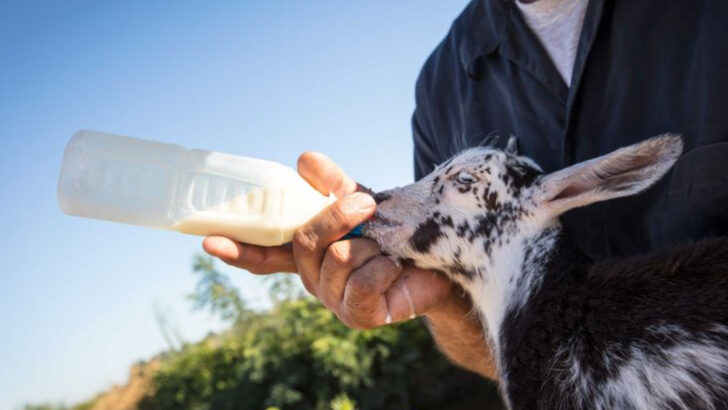Some animals can’t imagine life without us. They rely on our food, shelter, and care every single day. From loyal dogs curled at our feet to the humble silkworm spinning its fate in our hands—these creatures have intertwined their survival with ours. But then there are the rebels. Those wild survivors who laugh in the face of human absence. Coyotes prowling city streets, raccoons raiding trash bins, and wild horses galloping free under endless skies. They remind us nature adapts, even when we’re not around. Dive into the fascinating world of 14 animals who depend on humans—and meet 5 wild spirits who thrive without a single helping hand. This isn’t just about survival—it’s about connection, resilience, and the wild balance between us and the animal kingdom.
Domestic Dogs
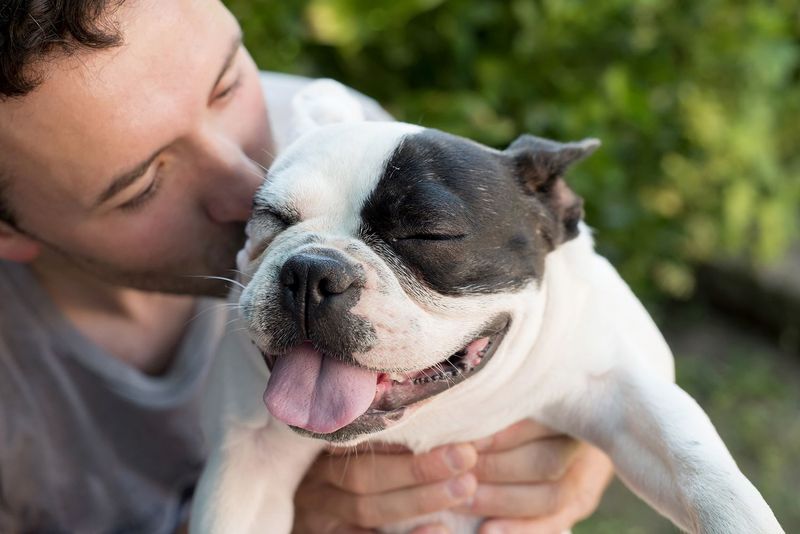
With a wagging tail that’s as expressive as a book, domestic dogs are human’s best friends. These loyal companions rely on us for food, shelter, and affection. In return, they offer unwavering loyalty and joy.
From guarding homes to providing emotional support, dogs have worked alongside humans for centuries. This partnership is mutually beneficial, showcasing an unspoken bond that transcends language.
Their dependence on humans is evident in their daily interactions. Whether it’s a playful fetch game or a comforting snuggle, dogs thrive when they’re part of a loving family.
Domestic Cats

With a purr as soothing as a lullaby, domestic cats have carved out a special place in human homes. While they often portray independent spirits, they rely on humans for food and shelter.
These feline friends enchant us with their soft fur and mysterious gaze. Many enjoy their own space yet seek warmth and comfort from their human counterparts.
Cats’ presence in households around the world highlights their adaptability and charm. Despite their aloof demeanor, they form bonds with those who care for them, providing joy and companionship in their own unique way.
Cattle
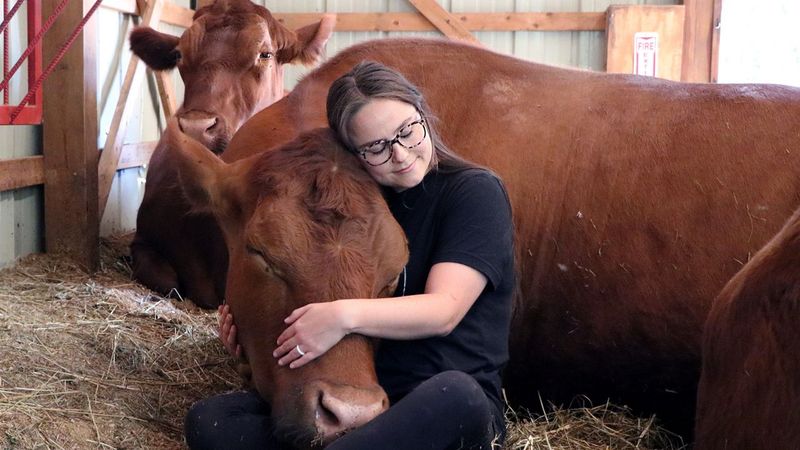
Mooing softly in the distance, cattle have been part of human agricultural practices for millennia. They are raised primarily for their meat, milk, and labor.
Farmers provide food, shelter, and care, ensuring these creatures thrive. In return, cattle contribute significantly to human life by producing essential resources.
Despite their strength and resilience, they rarely survive well in the wild. This dependence on humans for survival underscores their integral role in farming communities, where they continue to be nurtured and valued.
Chickens
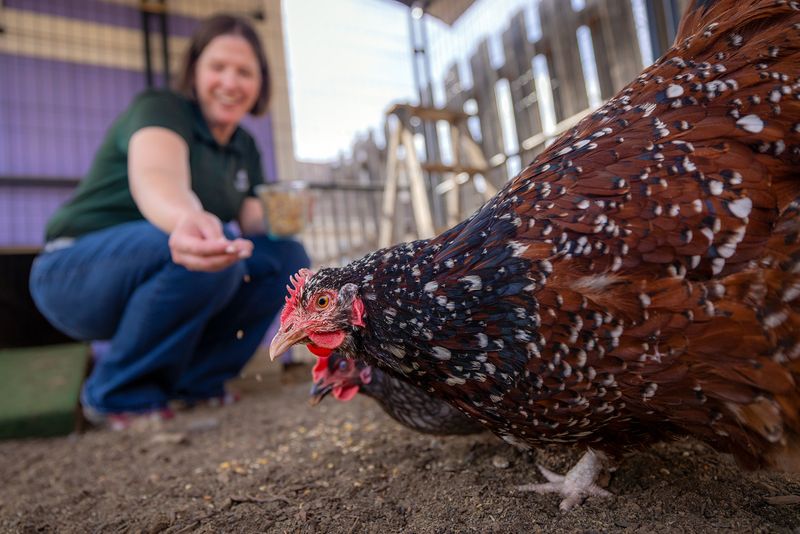
With a cluck here and a peck there, chickens are indispensable to many households and farms. Raised for their eggs and meat, they are a staple in human diets.
Farmers provide them with food, shelter, and care, ensuring their well-being. In return, chickens offer sustenance and a connection to nature.
Outside human care, these birds become vulnerable to predators and environmental changes. Their dependence on humans highlights the symbiotic relationship within agricultural systems, where both parties benefit from each other’s presence.
Horses
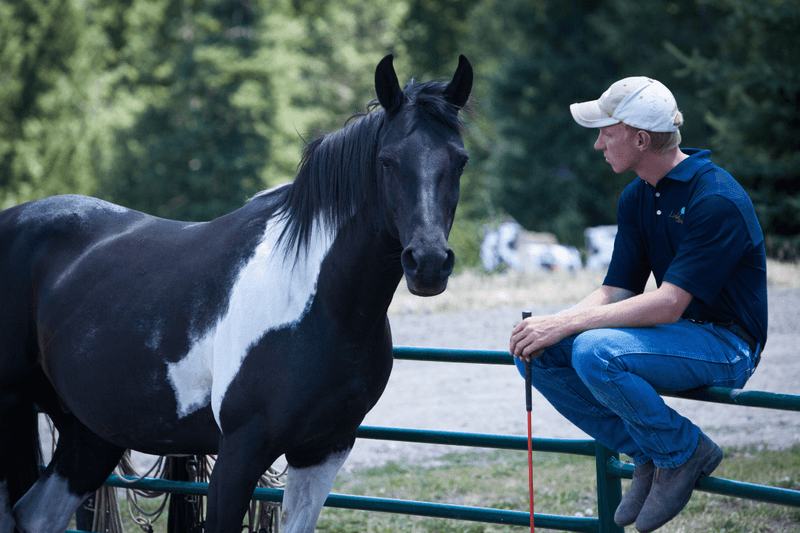
With a gallop as graceful as a melody, horses have shared human history for centuries. They serve as companions, workers, and athletes.
Relying on humans for food, shelter, and care, they form strong bonds with their caregivers. This connection is evident in their gentle interactions and willingness to cooperate.
Though some feral populations exist, many horses thrive under human guidance. Their role in transportation, sport, and therapy illustrates a relationship built on trust and mutual respect.
Goats
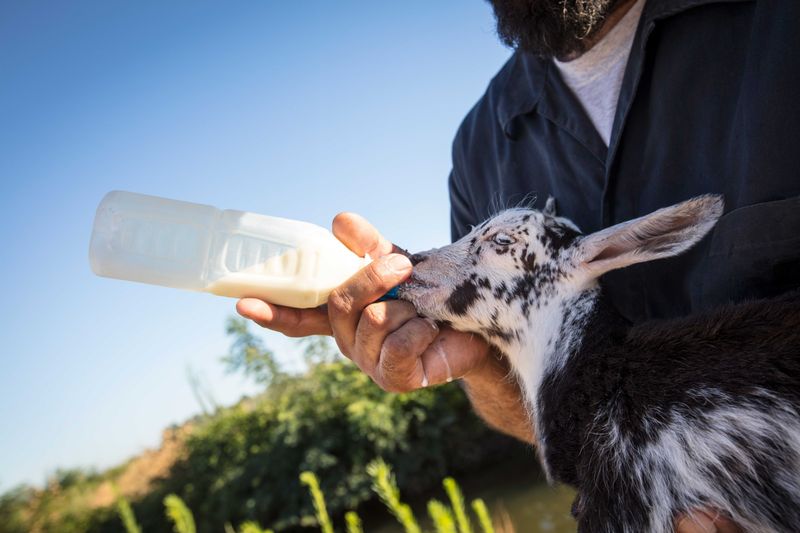
With a bleat that’s both curious and mischievous, goats are cherished for their milk, meat, and fiber. They are versatile creatures often kept on farms.
Farmers provide them with care and protection, ensuring they thrive in their environments. Goats, in turn, offer valuable resources that enhance human livelihoods.
Their playful nature and adaptability make them a favorite among farmers. Yet, without human assistance, they face challenges in the wild, highlighting their reliance on human care for survival and prosperity.
Sheep
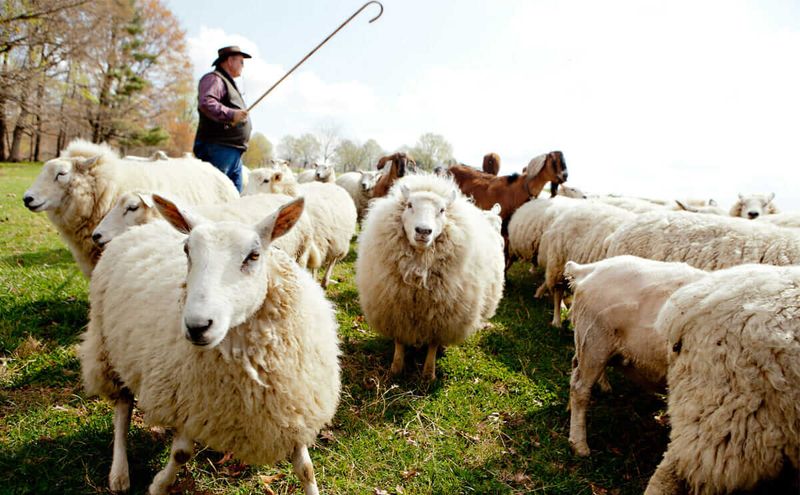
Baaa-ing softly, sheep are integral to human agriculture, providing wool, meat, and milk. These gentle creatures thrive under the watchful eye of shepherds.
Humans offer protection, food, and care, ensuring sheep remain healthy and productive. In return, sheep supply essential materials and sustenance.
Their reliance on human intervention is evident, as they are vulnerable to predators and harsh climates without it. This interdependence is at the heart of many rural communities, where sheep farming is a way of life.
Honeybees (domestic hives)
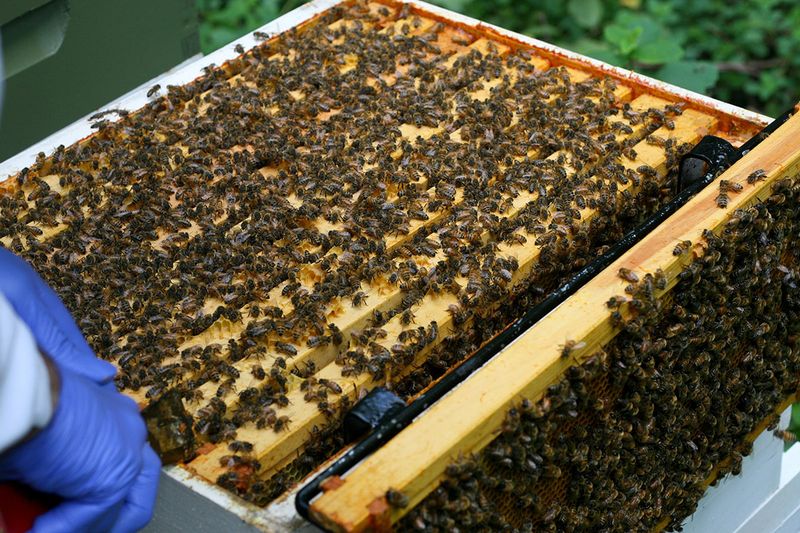
Buzzing with purpose, honeybees in domestic hives play a crucial role in agriculture and ecosystems. Managed by beekeepers, they produce honey and pollinate crops.
Humans provide them with structured environments and care, ensuring their colonies thrive. In exchange, bees contribute to food production and biodiversity.
While wild colonies exist, domesticated hives depend heavily on human support. This collaboration highlights the intricate balance between nature and human intervention, where both parties benefit immensely.
Rabbits (domesticated breeds)
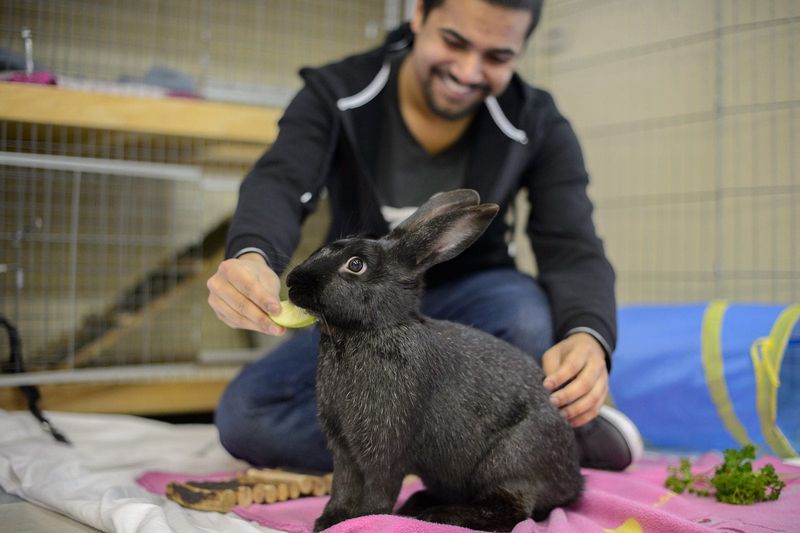
With a twitch of the nose and a hop in their step, domesticated rabbits bring joy to many homes. These gentle creatures rely on humans for food, shelter, and companionship.
Their soft fur and curious nature make them beloved pets. Owners provide care and attention, ensuring their well-being.
Outside human environments, domesticated breeds struggle to survive, facing predators and harsh conditions. Their dependence on humans highlights the special bond formed through nurturing and affection.
Guinea Pigs
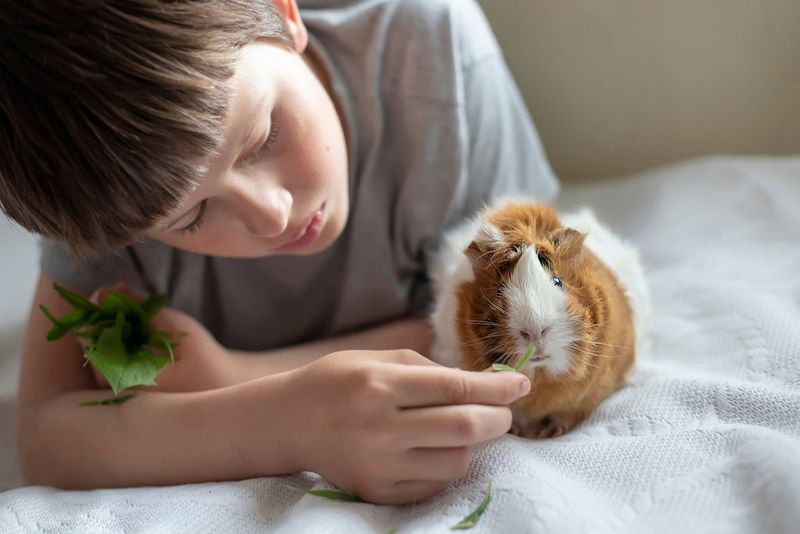
With tiny squeaks and a gentle demeanor, guinea pigs are cherished as family pets. They depend on humans for sustenance, shelter, and social interaction.
Their playful antics and endearing nature make them a favorite among children and adults alike. Owners provide them with care, ensuring their happiness and health.
In the wild, these domesticated rodents face challenges, emphasizing their reliance on human support. Their role as companions showcases an enduring relationship built on care and affection.
Ducks (domestic)
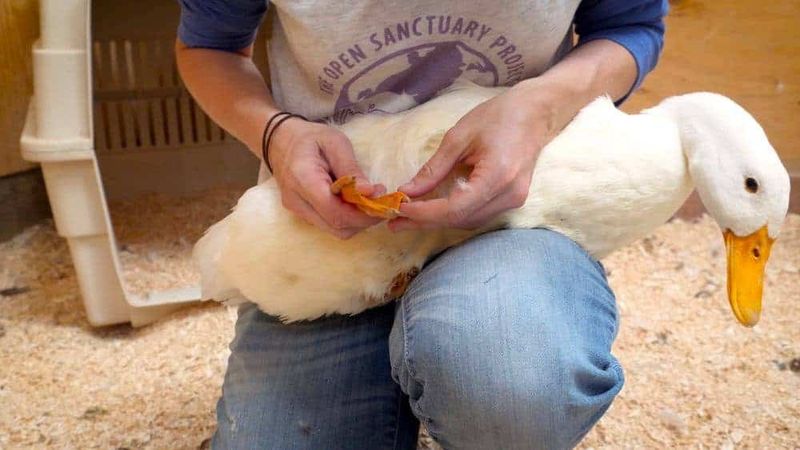
Quacking with delight, domestic ducks grace many farmyards and ponds. They are raised for their eggs, meat, and down.
Farmers provide them with shelter, food, and care, ensuring their well-being. Ducks, in turn, contribute valuable resources to human life.
Outside of the comfort of human care, they face threats from predators and environmental changes. Their dependence on humans highlights the symbiotic relationship within agriculture, where both benefit from each other’s presence.
Pigs
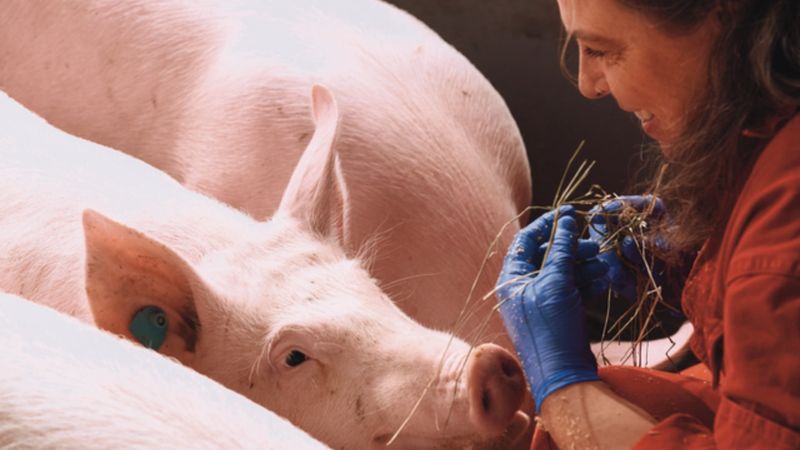
Oinking with enthusiasm, pigs are a staple in farming communities. They are raised for their meat and play a vital role in agriculture.
Farmers provide them with food, shelter, and care, ensuring their growth and health. Pigs, in return, offer sustenance and contribute to farming economies.
Without human intervention, domesticated pigs struggle to survive in the wild. Their reliance on human care underscores their importance in agricultural systems, where they are nurtured and valued.
Camels (domesticated)

With a resilience as vast as the deserts they traverse, domesticated camels have served humans for centuries. They provide transportation, milk, and companionship in arid regions.
Humans care for them, ensuring their health and well-being. Camels, in turn, offer essential resources and support livelihoods in harsh climates.
Their reliance on humans is evident in their daily interactions and mutual benefits. This unique partnership highlights the adaptability and endurance of both species, thriving together in challenging environments.
Silkworms

With delicate threads as their legacy, silkworms rely entirely on human care for survival. They are cultivated for their silk, a valuable textile.
Sericulturists provide them with mulberry leaves and controlled environments, ensuring their growth and cocoon production.
Without human intervention, silkworms cannot sustain themselves outside captivity. This complete dependence highlights the intricate relationship between humans and this industrious creature, where both contribute to the creation of luxurious silk.
Coyotes
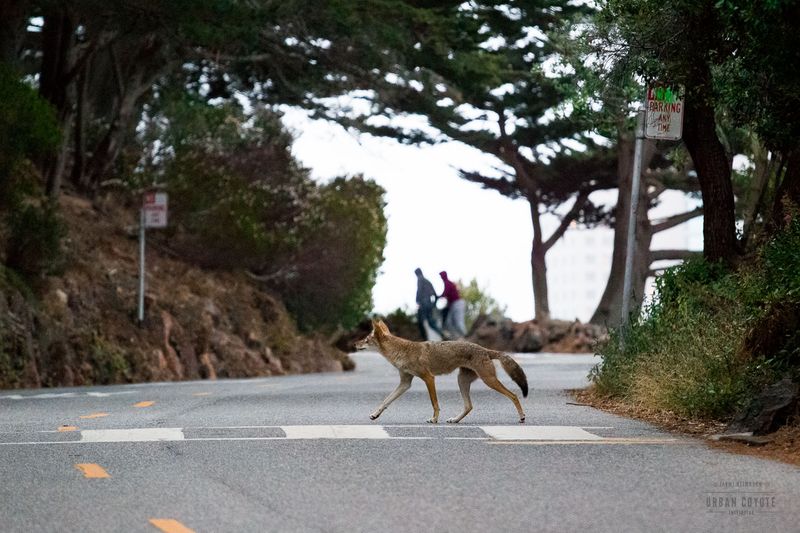
With a howl that echoes across landscapes, coyotes embody adaptability and resourcefulness. These wild canids thrive in diverse environments, from deserts to cities.
Their ability to find food and shelter independently makes them resilient survivors. Coyotes have learned to coexist with humans, often thriving on the fringes of urban areas.
Their presence in varying habitats showcases their versatile nature and independence. Unlike many animals, coyotes are not reliant on humans for survival, highlighting their ability to adapt and flourish without direct human support.
Rats
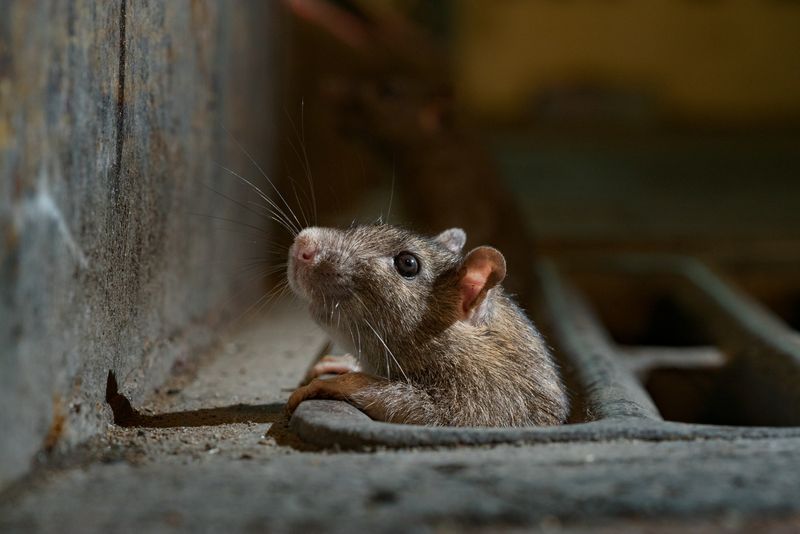
Scurrying through shadows, rats are masters of survival. Found worldwide, they adapt to various environments, often thriving alongside humans.
These opportunistic creatures find sustenance and shelter in cities and rural areas alike. Their resilience and resourcefulness make them formidable survivors.
Independent of human care, rats flourish in diverse settings. Their presence in urban landscapes highlights their adaptability and tenacity, showcasing an ability to thrive without direct human intervention.
Pigeons (feral populations)
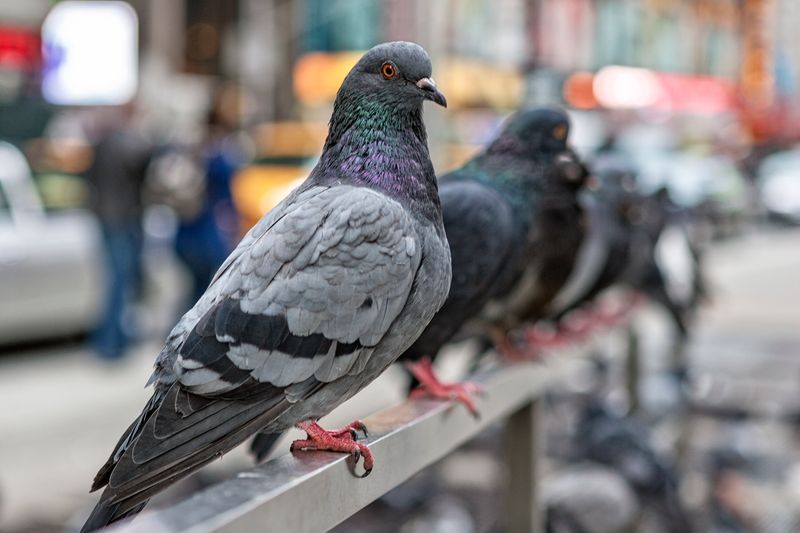
With a coo that fills city squares, feral pigeons are ubiquitous in urban landscapes. These avian residents navigate city life with ease.
Unlike their domesticated counterparts, feral pigeons find food, shelter, and nesting sites independently. Their presence in cities highlights their adaptability to human environments.
Thriving without direct human care, they illustrate the ability to coexist and flourish amidst urbanization. Their success in cityscapes underscores their independence and resilience.
Raccoons
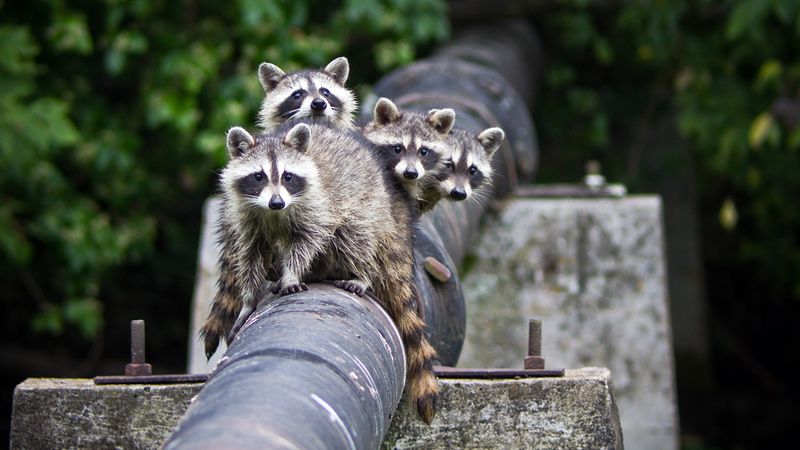
With a masked face and dexterous paws, raccoons are known for their curiosity and adaptability. These nocturnal creatures thrive in both wild and suburban settings.
Their diet is varied, and they often find food in human environments. Raccoons’ ability to adapt to changing landscapes makes them successful survivors.
Independent and resourceful, they are capable of thriving without human support. Their presence in diverse habitats highlights their versatility and independence, showcasing an ability to navigate both natural and human-modified worlds.
Wild Horses (Mustangs)
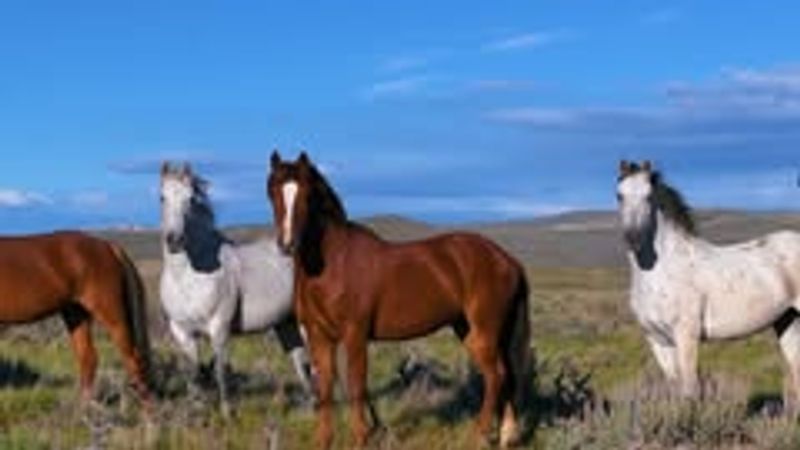
With manes flowing in the wind, wild horses, or Mustangs, symbolize freedom and resilience. These majestic creatures roam North American plains independently.
Unlike domesticated horses, Mustangs fend for themselves, finding food, water, and shelter without human assistance.
Their ability to thrive in the wild underscores their strength and adaptability. Mustangs’ presence on vast landscapes is a testament to their independence, existing without the need for human care.

